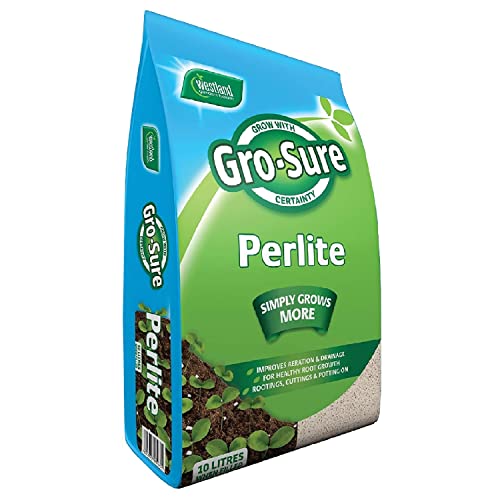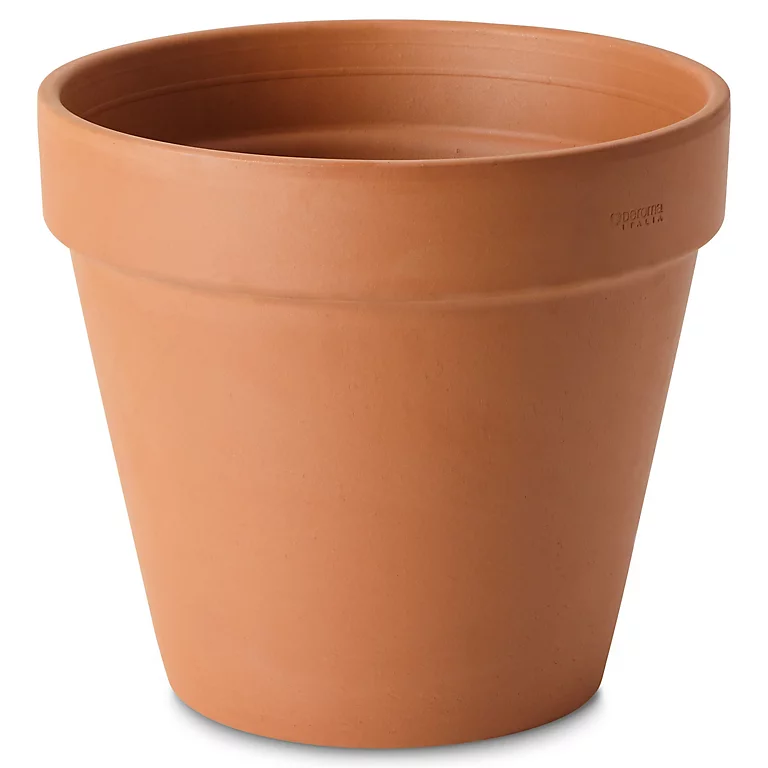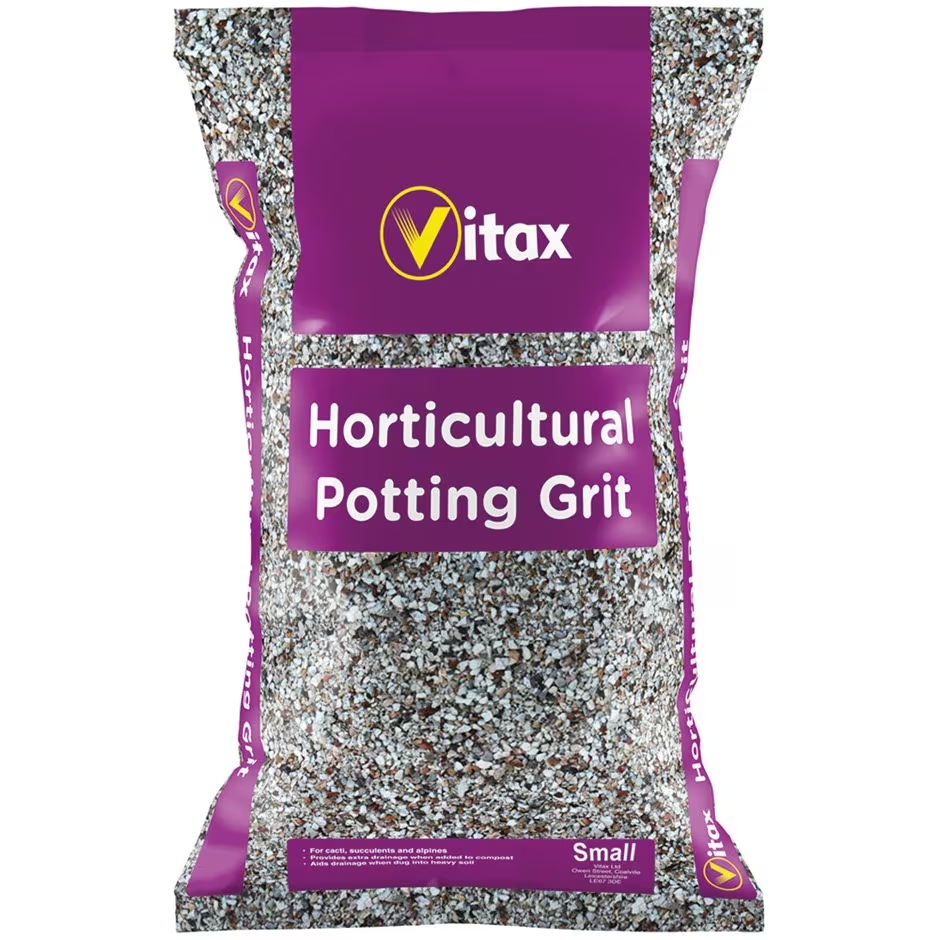This is the best time to plant lavender in pots and garden borders, according to garden experts
The experts reveal all...
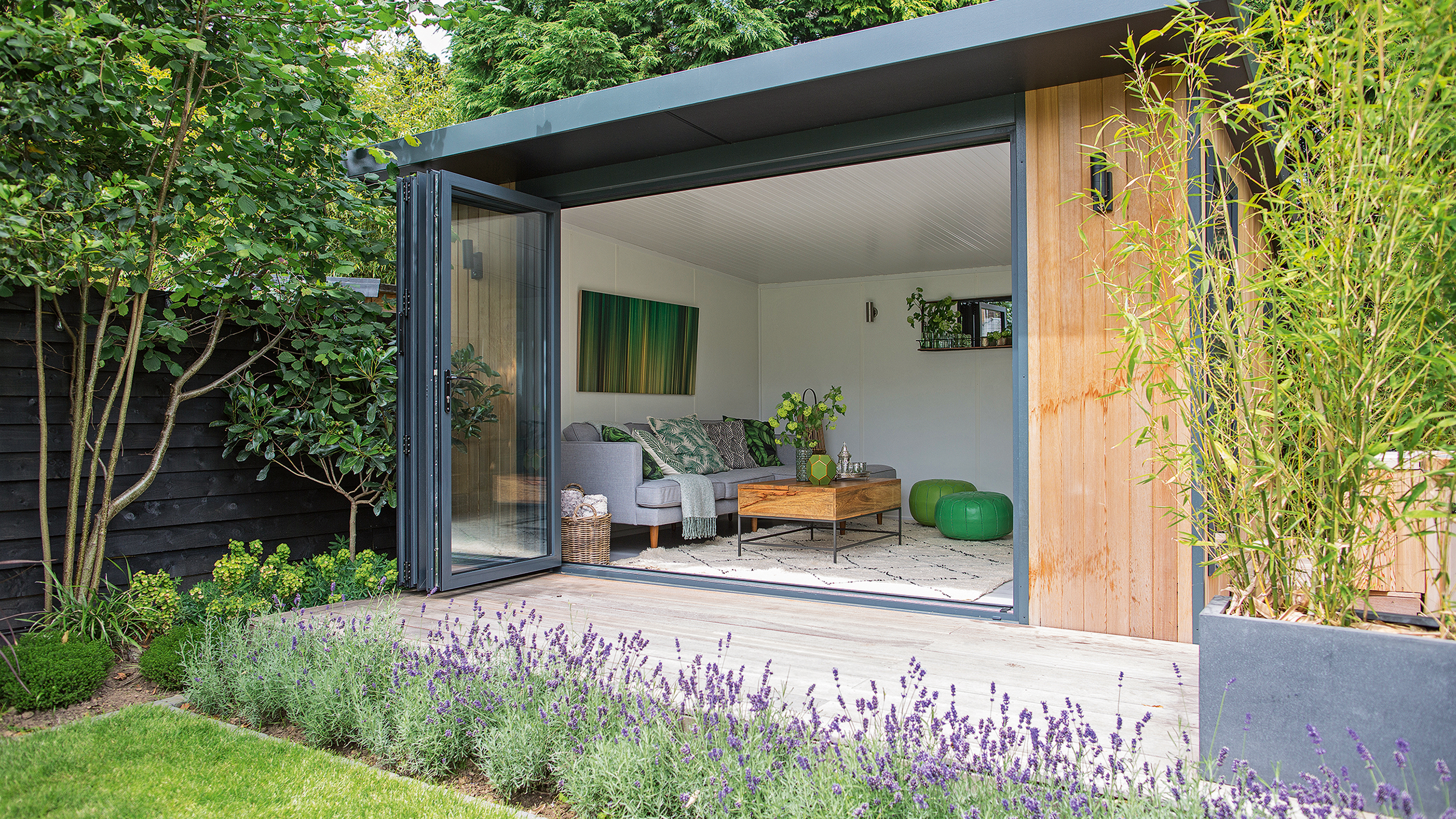

Not only is lavender one of our favourite fragrant plants but it is also one of the most beautiful, particularly if you’re looking to add a pop of colour to your garden or outdoor space. However, you need to know when to plant lavender to help it get off to a strong start.
When it comes to how to grow lavender, it’s a lot easier than you might think, with it also being a relatively low-maintenance plant. But if you’ve been asking yourself, what is the best time to plant lavender, well this could depend on a number of different things.
So, we asked the experts to share their expertise and advice for anyone thinking about planting lavender this year. And it may vary slightly depending on whether you plant it in a pot or into the ground.
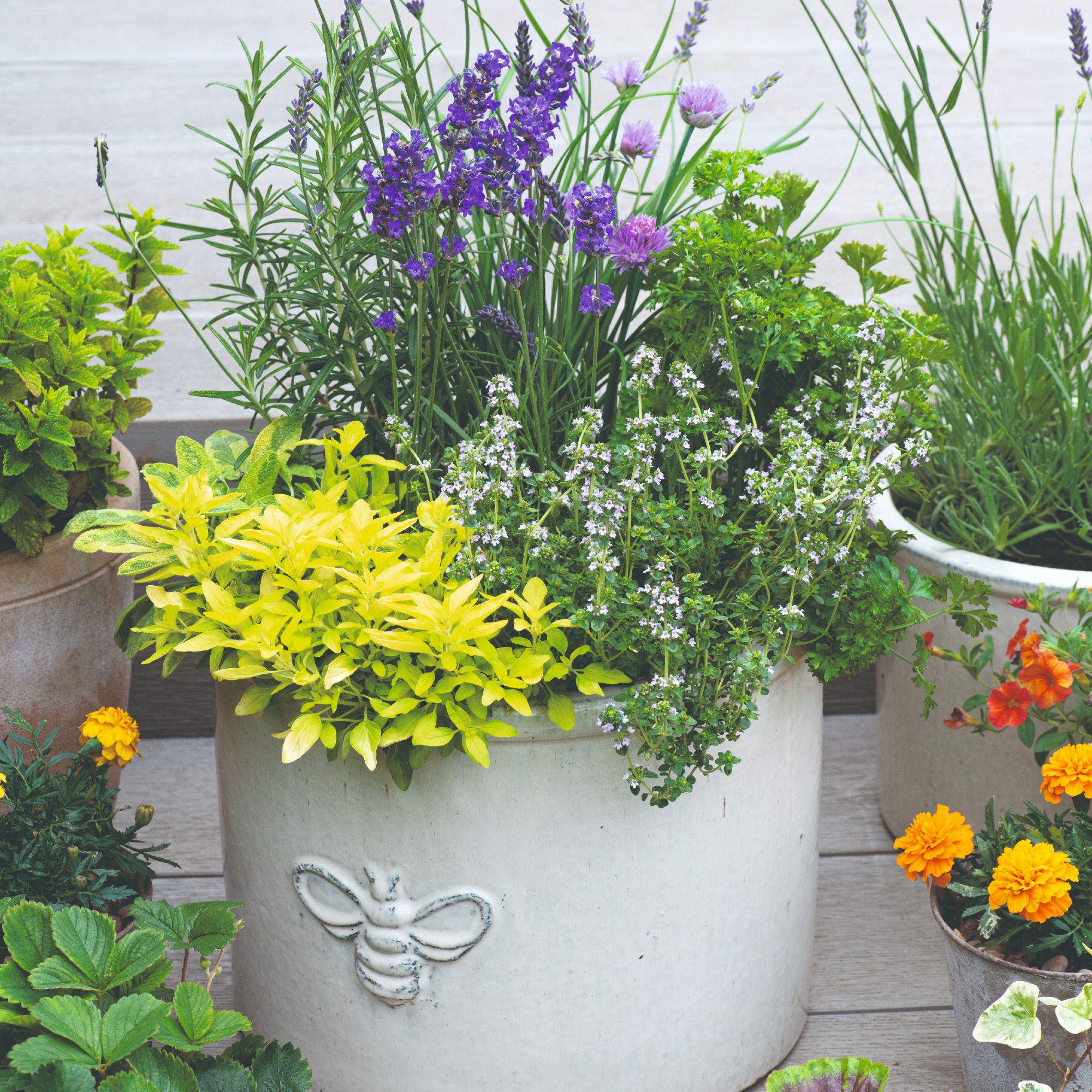
As a Mediterranean plant lavender does have a few demands for it to thrive. It’s a sun-loving plant that hates cold and wet soil, so in the UK you need to wait for the worst of the cold weather to be over before the heat of the summer weather starts to set in to hit that sweet spot for planting.
This does involve a bit of patience but it is more than worth it when you are rewarded with some wonderfully fragrant lavender in your garden or outdoor space.
What is the best time to plant lavender in pots?
The experts all agree that lavender is best planted in early spring, if you choose to showcase it in pots or a container. This is because ‘lavender prefers dry soil, so it is best planted between April and May as the soil naturally warms up,’ Craig Wilson, Co-founder, Director and Gardening Expert at Gardeners Dream.
‘However, planting in September can still be successful, as the soil remains warm and sufficiently dry to support the plant's growth and ensure its survival through the winter,’ suggests Luke Dejahang, Gardening Expert and CEO of Crown Pavilions. For example, ‘some hardy varieties such as English lavender can be planted in autumn as it can withstand temperatures as low as -15°C,’ Craig adds.
Sign up to our newsletter for style inspiration, real homes, project and garden advice and shopping know-how
And if you have a greenhouse or some form of garden shelter, it is possible to grow lavender all year round. But you will need to ensure that it is adequately heated and insulated to do so.
Despite there being a number of different varieties of lavender, ‘most like a John Innes No 2 or No 3 soil mix,’ according to Henrietta Norman, Landscape Architect and Garden Designer at Tulip Landscapes.
Whereas ‘French Lavender requires more acid conditions, so you can use ericaceous soil in the pots, and add grit and crocks (bits of broken terracotta) to aid drainage,’ she adds. So, this is something to bear in mind too.
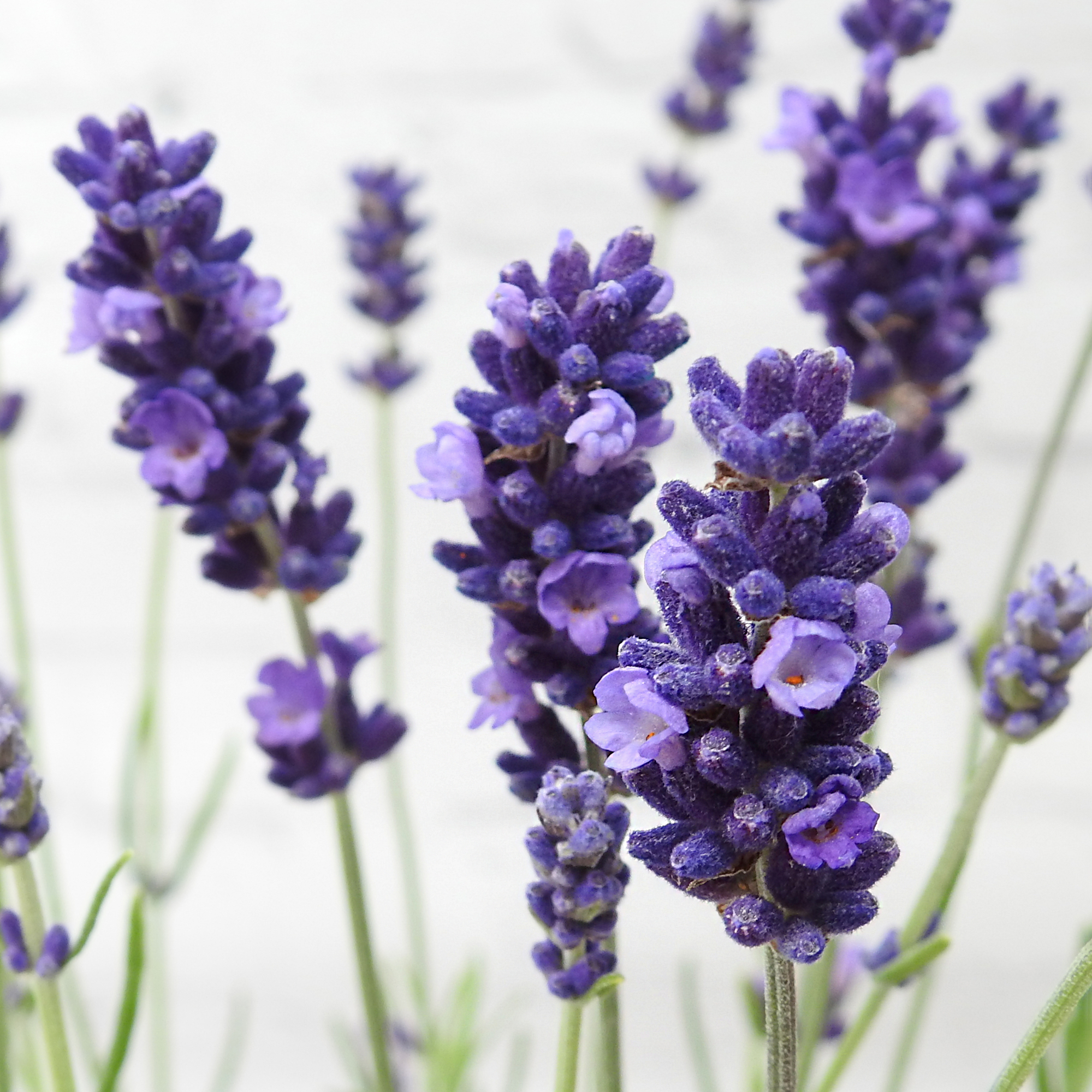
What is the best time to plant lavender in garden borders?
Planting lavender in the ground or your garden borders follows a similar timeline. Essentially, you’ll want to wait until the last frost has passed. And given how we can still experience frost here in the UK into April, it can be a bit of a tedious wait, but if you can hold out until after the final frost, you’ll be setting your lavender up for success.
‘This timing guarantees that the plants have enough time to establish themselves before the heat of summer starts,’ Nadezhda Yaneva, Fantastic Services’ Gardening Expert, reveals. Just make sure that you have well-draining soil and that you choose a location in your garden where it will receive lots of sunlight throughout the day.
‘By planting in spring, you’ll also allow lavender to take advantage of the increasing daylight and warmer temperatures,’ Nadezhda continues. ‘This will promote vigorous growth and abundant blooming throughout the season.’
In addition to this, Craig has a top tip for planting lavender in the ground. ‘If you do choose to plant in the ground, choose an area of the garden that is more elevated and has better drainage rather than at the bottom of a slope,’ he admits. This should stop the soil from becoming too damp or waterlogged.
What you'll need
FAQs
Should lavender be grown in pots or the ground?
The simple answer is, lavender can successfully be grown in pots or in the ground in your garden. ‘But if your soil is wet or heavy it is better to grow it in a pot or raised bed,’ Graham Smith MCIHort, LBS Horticulture’s National Sales Manager and Gardening Expert, admits. ‘This is because lavender roots can rot in heavy or wet soil, which can kill the plant. It also may be better to plant in containers if you have a shady garden, as lavender needs a lot of sun.’
Growing in pots can also allow you to enjoy the beautiful purple blooms if you only have a balcony garden, patio or smaller garden footprint. Plus, you can bring it indoors in particularly harsh weather.
In our opinion, having a mixture of lavender in borders, as well as in pots and containers can create an interesting and balanced garden. And if all else fails, you can grow lavender indoors too to save you from having to worry too much about the soil or the weather conditions.
All that’s left to do now is get planting. Would you rather plant your lavender in pots, the ground or both?

Ellis Cochrane has been a Freelance Contributor for Ideal Home since 2023. Ellis has been writing about homes, interiors and gardens for four years now, with her also contributing to House Beautiful, Country Living, Expert Reviews, Real Homes and Stylist.
